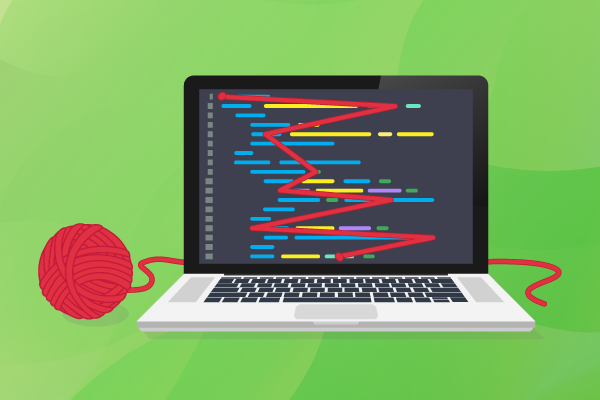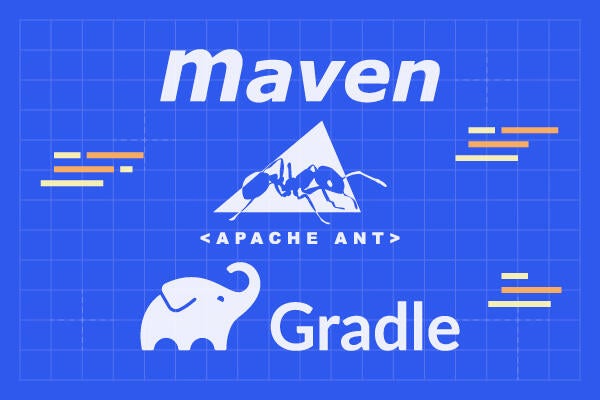

Also, have in mind that if using jetty (the faster option) for development, there might be difference in behaviour if your production container is tomcat.

And it requires the plugin configuration. The downside is that in order to run in debug mode, you need to attach external debugger (rather than using the built-in IDE-server integration for that). Running the servlet container from maven (if using maven) – either the tomcat plugin or the jetty plugin let you do that.unison), or you may have written some script or plugin to do it. Other tools may exist for doing the same thing (e.g. In Eclipse there’s the FileSync plugin, which let’s you configure which workspace files go where in the servlet container. You use some tools for synchronizing directory structures.And when there is Maven in the picture, it either doesn’t work, or requires yet another plugin (as described in this answer of mine) That requires additional plugins, configuring what workspace files go where in the servlet container, and doesn’t always work. IDE integration – IDEs have an option to add a local server and deploy projects to it.I’ll write down a few, to complement my StackOverflow answer: And that may take a lot of time, depending on the size of the project.

#JREBEL SOCIAL FULL#
Without the productivity boost of syncing your project with the container, even for simple fixes, you may need a full build-and-deploy cycle before you can test it. And everyone has his own way.įirst – why do you need this? Because doing copying and restarting the server is a productivity killer – wastes a lot of your time. How do you configure your machine in order to have save-and-refresh for Java web projects? When you ask this question to developers, the answer starts with “oh, well…”, and continues with a description of something that sort-of works.


 0 kommentar(er)
0 kommentar(er)
